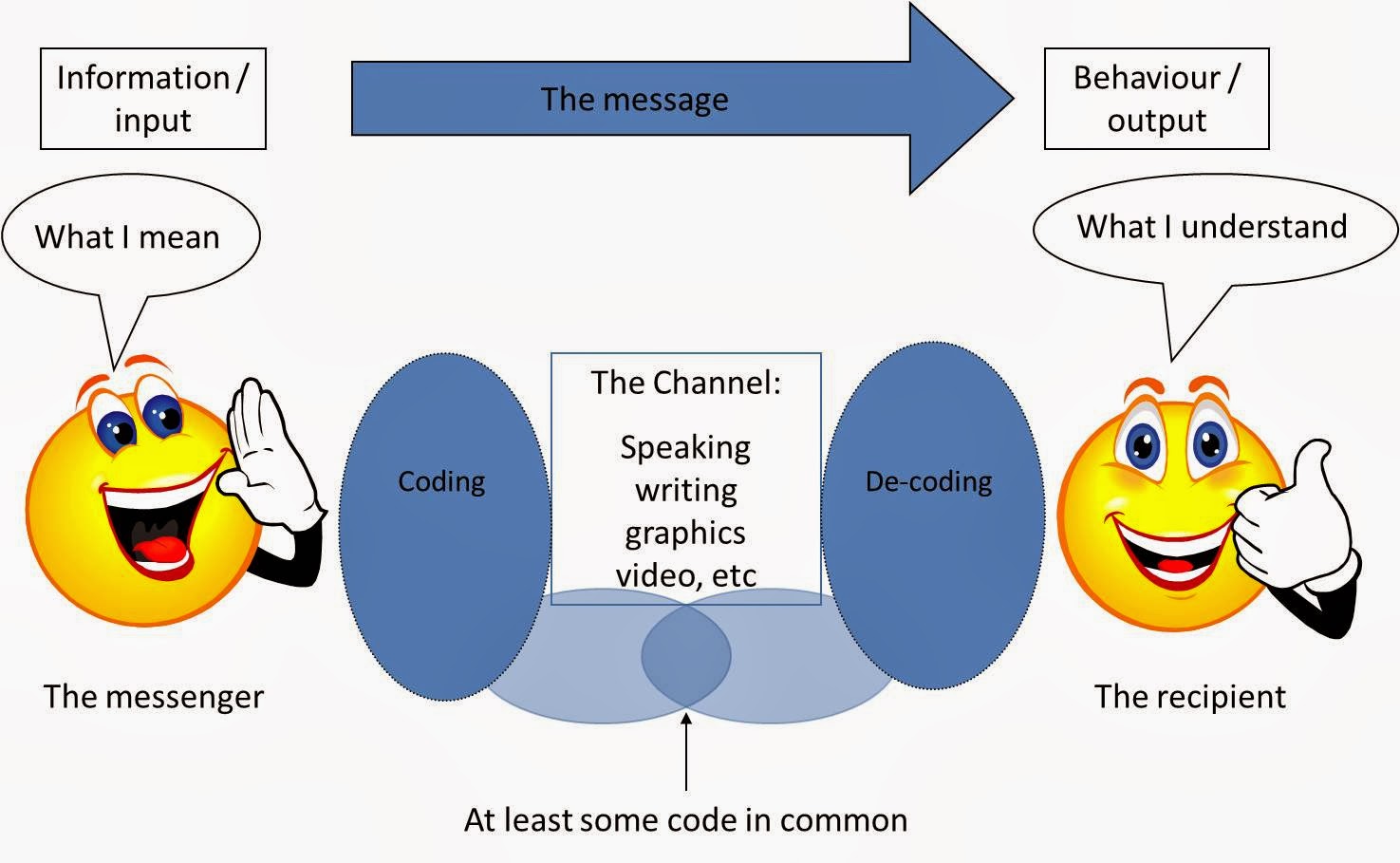Internet: Educational Uses
The Internet is a global network of interconnected computers and servers that communicate using standardized protocols. It allows for the exchange of data, information, and resources across the world. Here’s a breakdown of its uses in general and in education:
General Uses
of the Internet
- Communication:
- Email and Messaging Apps:
Platforms like Gmail and WhatsApp allow instant communication.
- Social Media: Facebook,
Twitter, and Instagram connect people worldwide, enabling the sharing of
information and experiences.
- Information and Research:
- Search Engines: Google and
Bing provide access to vast amounts of information on any topic.
- Online Encyclopedias:
Wikipedia offers comprehensive articles on diverse subjects.
- Entertainment:
- Streaming Services: Netflix
and YouTube offer movies, TV shows, and videos.
- Online Gaming: Platforms
like Steam provide access to multiplayer games.
- E-commerce:
- Online Shopping: Websites
like Amazon and eBay facilitate buying and selling goods.
- Digital Payments: Services
like PayPal and Google Pay enable secure transactions.
- Cloud Computing:
- Data Storage: Services like
Google Drive and Dropbox allow for remote storage and access to files.
- Software as a Service (SaaS):
Tools like Microsoft Office 365 are accessible online without
installation.
- Remote Work:
- Video Conferencing:
Platforms like Zoom and Microsoft Teams facilitate virtual meetings.
- Collaboration Tools: Slack
and Trello help teams work together efficiently.
Uses of the
Internet in Education
- Access to Information:
- Digital Libraries: Libraries
like JSTOR provide access to academic journals and books.
- Open Educational Resources
(OER): Platforms like Khan Academy offer free educational content.
- Online Learning:
- E-Learning Platforms: Coursera
and Udemy provide courses from universities worldwide.
- Virtual Classrooms: Tools
like Google Classroom enable remote teaching and learning.
- Collaboration and Communication:
- Discussion Forums: Platforms
like Reddit allow students to engage in academic discussions.
- Group Projects: Google Docs
facilitates real-time collaboration on assignments.
- Skill Development:
- Coding Platforms: Websites
like Codecademy offer coding lessons and exercises.
- Language Learning Apps:
Duolingo provides interactive language courses.
- Research and Data Analysis:
- Access to Research Papers:
Students can access databases like PubMed for scientific research.
- Data Analysis Tools:
Software like SPSS and Excel is available for online data analysis.
- Enhanced Engagement:
- Interactive Learning Tools:
Quizlet and Kahoot make learning more engaging through gamification.
- Virtual Reality (VR)
Experiences: Tools like Google Expeditions offer immersive
educational experiences.
- Accessibility:
- Assistive Technologies:
Text-to-speech and speech-to-text tools help students with disabilities.
- Flexible Learning: Online
resources enable learning at one’s own pace and schedule.
In summary, the
Internet is a powerful tool that facilitates communication, information access,
and collaboration in both general and educational contexts, transforming how we
learn, work, and interact.



Nice sir
ReplyDelete